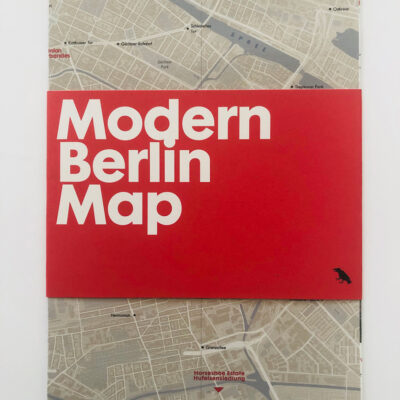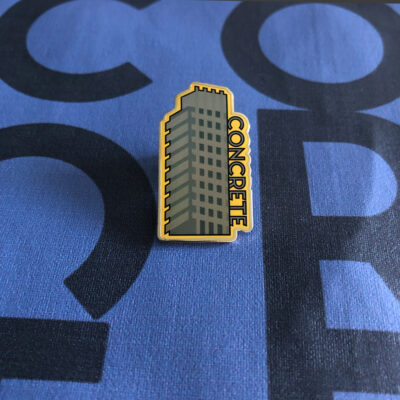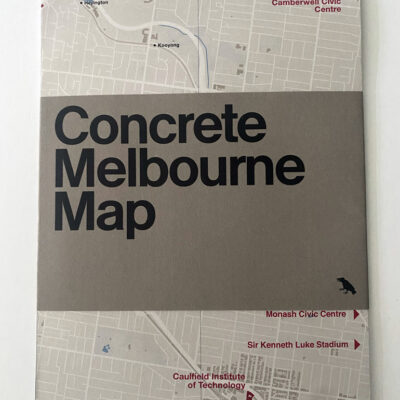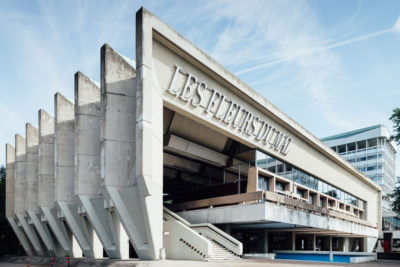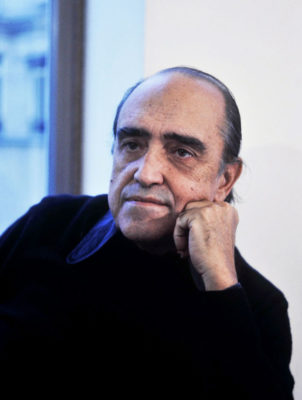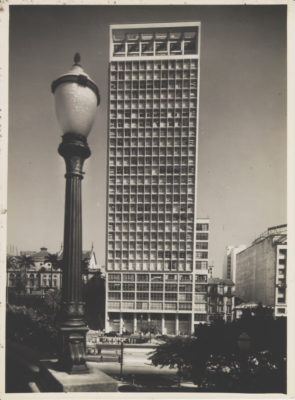Lelé
João da Gama Filgueiras Lima aka Lelé:
Centro de Exposições do Centro Administrativo da Bahia, Brazil
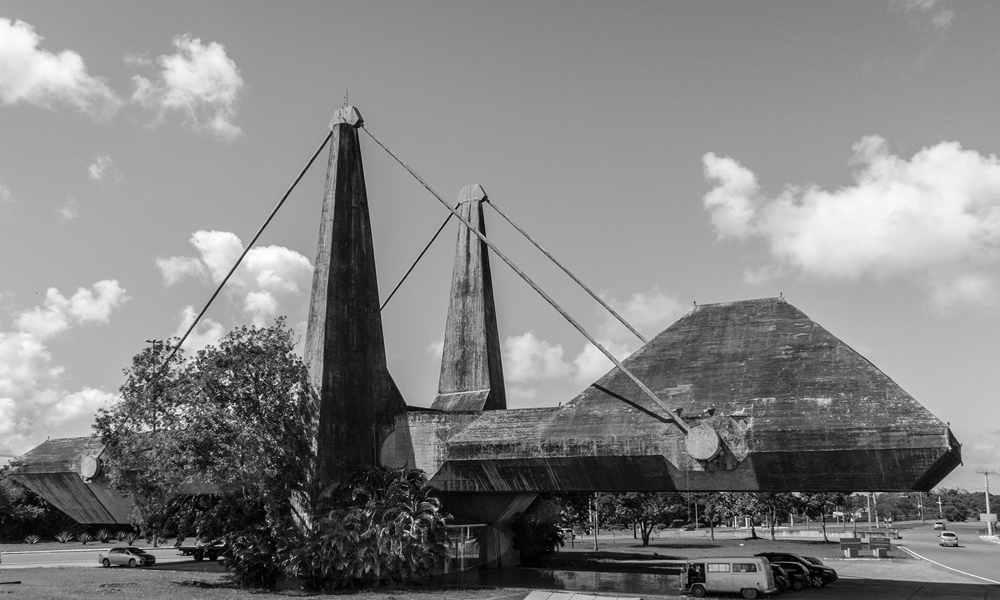
Image Laurent Etourneau ©
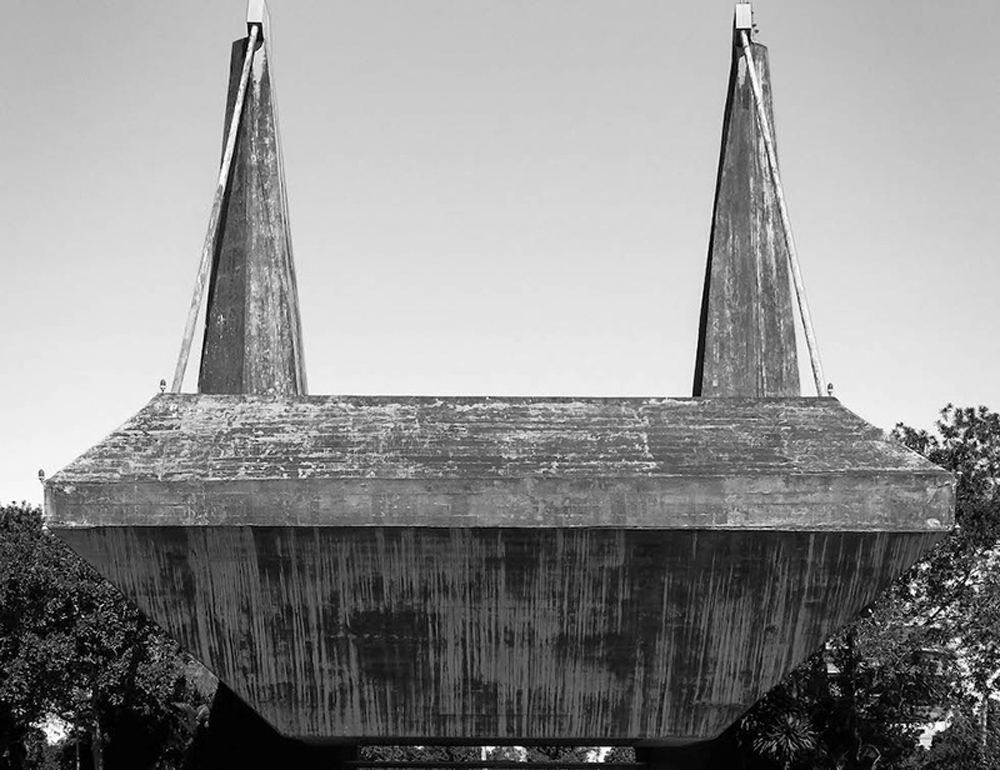
Image Laurent Etourneau ©
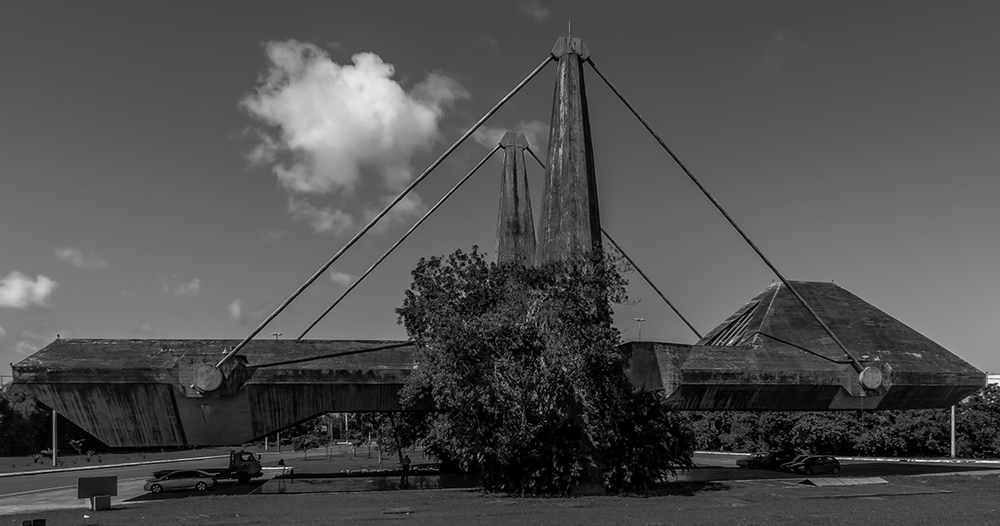
Image Laurent Etourneau ©
Brazilian architect Lelé had a vision and it was a big bold vision. His magnificent concrete structures are loved by us and every fan of brutalist architecture. Best illustrated by CAB, Lelé created a complex in Bahia that comprised a chapel, an exhibition centre and an administrative centre that defies explanation. Yes, you can note the striking cantilevered suspended concrete forms but it has to be seen to be fully appreciated.
Born in Rio de Janeiro and later a resident of Salvador, Lelé’s will always be best remembered for his contribution to the wellbeing of fellow Brazilians. He made choices early on about how he wanted his knowledge and expertise to be used to the best advantage, he chose public projects over private and had a particular interest in industrial architecture.
As a young student under Professor Aldary Henriques Toledo he was introduced to a circle early on that had a huge impact not just on him but on Brazilian architecture locally and globally. Toledo included Lelé to Oscar Niemeyer with whom he later worked as a site engineer on the creation of the new capital Brasilia and anthropologist and later Dean of the new University of Brasilia, Darcy Ribeiro.
In 1963 Lelé and Ribeiro toured parts of the Soviet Union, Poland and Czechoslovakia to see the effects of large-scale use of reinforced concrete in mass construction in housing and factories. A year later that trip would not have been possible as the left-wing government of João Goulart was overthrown and a military junta took control. Less than two years later in 1965 along with 209 fellow professors and staff of the University of Brasilia, Lelé left his job in protest of the repressive activities of the new government and the forced resignation of Dean Ribeiro*.
He relocated to Salvador far from the seat of government. The effect of the repressive regime on Lelé was clear, projects were chosen that had a clear and direct benefit to the public, for example (recommended by Niemeyer) he became the chief architect of the 1967 project to build Taguatinga Hospital, which turned out to be the first of several hospital projects. The beautiful patterns used on tiles and surfaces are by painter and sculptor Athos Bulcão – who frequently worked with both Niemeyer and Lelé.
In creating RENURB – Companhia de Renovação Urbana de Salvador in 1979, Lelé focused on improving the conditions of the people living in the favelas in Bahia. Further RENURB factories opened all aimed at improving drainage, schools, public areas and walkways. Another later example was the creation of a rural community school in Abadiânia. But that didn’t mean he shyed away from big projects in the public eye, a notable one was the 1988 plan to improve the historic district of his home city Salvador together with Lino Bo Bardi, the architect of SESC Pompéia Factory.
His body of work continues to enrich Brazilian architecture.
Architect and accademic João Filgueiras Lima aka Lelé (1931-2013)
*Architecture and Nature by Abilio Guerra




